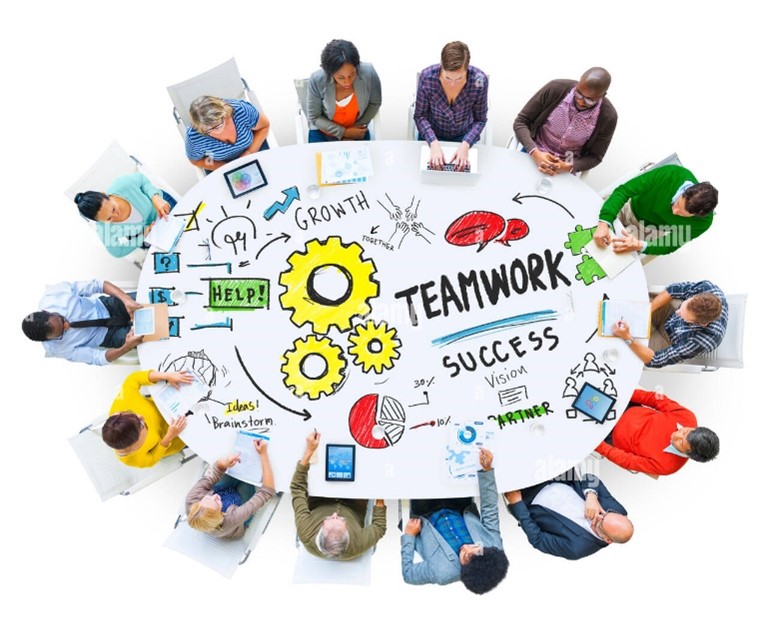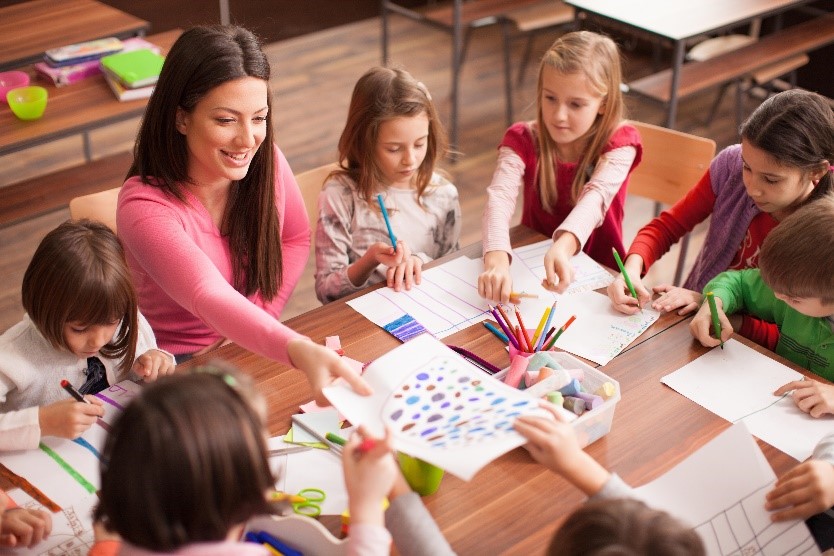How robotics is teaching coding and problem-solving skills to students

How robotics is teaching coding and problem-solving skills to students
by Maximilian 03:51pm Jan 23, 2025

Robotics is becoming an increasingly popular tool for teaching coding and problem-solving skills to students, offering them hands-on, interactive learning experiences. Here’s how robotics contributes to these areas:
1. Engaging Learning Environment
Robotics makes learning coding and problem-solving more engaging by integrating physical, interactive elements. Students get to see the real-time impact of their coding decisions as they control robots to perform tasks. This active, experiential learning makes abstract concepts like programming logic, loops, and conditionals much more tangible and easier to understand.

2. Hands-on Coding Practice
Many robotics kits are designed with programming interfaces that allow students to write and execute code to control robots. This includes:
Drag-and-drop block coding (e.g., Scratch, Blockly): Ideal for younger students or beginners, helping them understand logic and sequencing without needing to worry about syntax errors.
Text-based coding (e.g., Python, C++): As students advance, they can transition to more complex languages, allowing them to learn syntax, debugging, and algorithmic thinking.
3. Fostering Problem-Solving Skills
Robotics challenges require students to break down complex problems into smaller, manageable tasks. When they program a robot to navigate an obstacle course or complete a series of steps, they need to:
Plan and test algorithms: Students learn to write step-by-step instructions for the robot (algorithms) and modify them based on test results.
Troubleshoot and debug: If the robot doesn't work as expected, students learn to troubleshoot by identifying errors, debugging code, and refining their solutions.
Iterate and improve: Robotics projects encourage iterative development, where students improve their code and design based on test outcomes, leading to a better understanding of how to approach problem-solving.
4. Collaboration and Teamwork
Many robotics projects involve teamwork, where students collaborate to build, code, and test robots. This fosters critical skills such as:
Communication: Explaining ideas, giving and receiving feedback.
Collaboration: Working together to share the load, brainstorm solutions, and integrate each team member’s contributions.
Leadership and delegation: Managing tasks and responsibilities within the team, often based on individual strengths and interests.

5. Real-World Applications
Robotics provides context to coding and problem-solving by simulating real-world problems and tasks. Whether it's designing a robot to navigate a maze, picking up objects, or sorting items, students see how their coding decisions affect physical systems in the real world. This practical application makes the learning experience more meaningful.
6. Learning by Trial and Error
Robotics naturally encourages a learning-by-doing approach. As students experiment with different coding strategies, they experience immediate feedback. If the robot does not perform as intended, students are motivated to re-evaluate their approach, a critical aspect of problem-solving.
7. Engagement with STEM
Robotics fosters interest in STEM (Science, Technology, Engineering, Mathematics) fields. It gives students a hands-on way to apply concepts from physics, engineering, and mathematics, as they learn how to design, build, and program robots. This multi-disciplinary approach encourages creative and analytical thinking.
8. Gamification
Many robotics challenges incorporate game-like elements, such as competitions (e.g., FIRST Robotics or VEX Robotics competitions), where students can compete to see who can build the most efficient or accurate robot. Gamification increases student motivation, as it turns learning into a fun and rewarding experience.
9. Critical Thinking and Adaptability
Students also learn critical thinking skills by adjusting their robots’ strategies in response to unforeseen challenges. This helps students develop adaptive thinking and flexibility in problem-solving, as they learn to approach problems from different angles.
10. Preparing for Future Careers
The skills developed through robotics—coding, problem-solving, and systems thinking—are highly valuable in today’s workforce, particularly in fields such as computer science, engineering, artificial intelligence, and robotics itself. Robotics education equips students with foundational skills they can build on for future academic and professional success.

Conclusion
By combining coding with the real-world application of robotics, students not only learn how to program but also develop essential problem-solving skills, critical thinking, and teamwork abilities. Robotics education thus acts as a bridge between abstract technical concepts and practical, hands-on problem-solving, offering students an engaging and effective way to prepare for future careers in technology and beyond.






